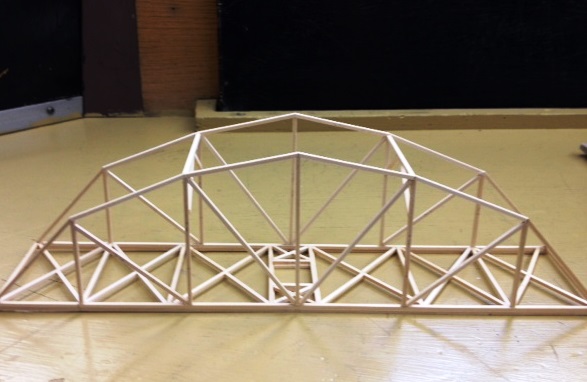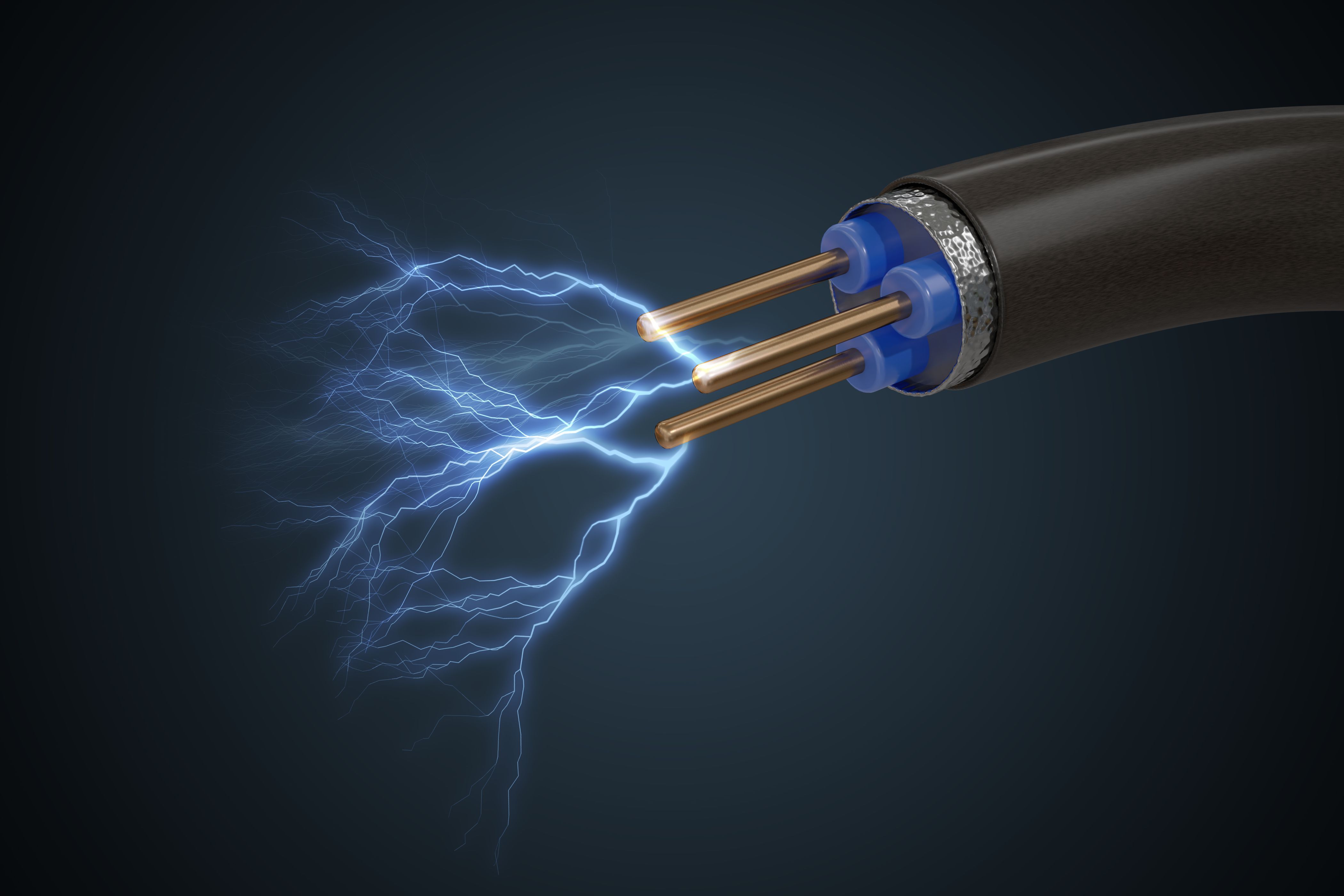Courses by Software
Courses by Semester
Courses by Domain
Tool-focused Courses
Machine learning
POPULAR COURSES
Success Stories
Project 1
I choose first 3 topologies for my project 1 1.Answer: here we can see below first topology of buck converter and design calculations here I choosed only 45V as input voltage but in simulation design we can see repeating sequence of 40 to 50V as Input voltage The buck converter is connected with closed loop…
Nagaraj Krishna Naik
updated on 07 Dec 2022
I choose first 3 topologies for my project 1
1.Answer:
here we can see below first topology of buck converter and design calculations

here I choosed only 45V as input voltage but in simulation design we can see repeating sequence of 40 to 50V as Input voltage
_1670393608.png)
The buck converter is connected with closed loop because Input votage is varying from 40 to 50V.so we need to get desired 30V output for any input voltage
Output voltage is subtracted from 30V refernce voltage and that is connected to PID controller .PID will tune error signal and that is compared with pulse generator .
this is how the closed loop works
The required plots are shown below
_1670394278.png)
We are getting 30V as ouput for all Input voltage
zoomed view For see the ripple in output voltage
_1670394428.png)
we choosed 6.92uF to get 2% ripple in Output votage and we are getting 2% ripple
2 Answer:
here we can see below second topology of boost converter and design calculations

Boost coverter simulation design we can see below
_1670394710.png)
Here we can see Input voltage of boost converter is connected to repeating sequence of 20 to 30V
To get desired constant output voltage boost convetrer is connected to closed loop
In closed loop Output voltage is subtracted from reference voltage of 40V and that error signal is send to PID controller with 1/200 gain
After tuned PID signal is send to PWM generator and that is connected to gate of mosfet
Now we can see the output plots below
_1670395160.png)
Here we can see the Output voltage of 40V for all Input voltage
zoomed version of above plot we can see below
_1670395286.png)
In output voltage we are getting 5% ripple for 56.4uF capacitor
3 Answer:
here we can see below third topology of Inverted buck boost converter and design calculations

Inverting buck boost converter simuation design we can see below
_1670395576.png)
Here we can see Input voltage of buck boost converter is connected to repeating sequence of 40 to 50V
To get desired constant output voltage the Inverting buck boost convetrer is connected to closed loop
The Output voltage is subtracted from reference voltage of -45V and that error signal is sent to PID tuner.after tuning that signal is compared with pulse generator
and it is connected to gate of mosfet
Below we can see the required plots of converter
_1670396002.png)
And we are getting -45V for all input voltage
here we can see the zoomed view of above plots
_1670396028.png)
Leave a comment
Thanks for choosing to leave a comment. Please keep in mind that all the comments are moderated as per our comment policy, and your email will not be published for privacy reasons. Please leave a personal & meaningful conversation.
Other comments...
Be the first to add a comment
Read more Projects by Nagaraj Krishna Naik (18)
Project 2 - Modeling of 3 phase Induction Motor Drive
This project is focused towards electric vehicle application using an Induction Motor. Student will have to take following steps for a successful model: 1.Model 3 Phase Inverter using Simulink (model the parasitic as well) with a switching frequency of 10Khz using 3 phase Squirrel Cage Induction motor, using V/F method,…
29 Mar 2023 05:36 AM IST
Project 1 - Loss calculation for a DC/DC converter-MATLAB
Extending the learned lessons in previous module, you will be diving into another power electronics concept on your own. Design of boost converter, and calculating the loss of different components including power switching device and deriving efficiency of boost converter. This is applicable in power supply industry, electric…
25 Mar 2023 11:24 AM IST
Project 2
Using MATLAB/simulink and the drive cycle from the attached excel sheet, find- The max heat generation of the battery The SOC of the battery at 2 *104second of the battery operation Time Time Step Battery Current 00:00.4 0.1 -0.9632 00:00.5 0.2 -0.952 00:00.6 0.3 -0.9072 00:00.7 0.4 -0.9632 00:00.8 0.5 -1.0304…
20 Feb 2023 11:21 AM IST
Project 1
1. Design a battery pack for a car roughly 150 Kw with 120 V. Use 3500 mAh 3.6V nominal NMC chemistry cell. a. Design the battery pack configuration. b. Draw the BMS topology for this battery pack. Aim: To design the battery pack with the capacity 150Kw 120V by using 3500mAh 3.6V. And BMS topology for…
20 Feb 2023 05:43 AM IST
Related Courses






0 Hours of Content

Skill-Lync offers industry relevant advanced engineering courses for engineering students by partnering with industry experts.
Our Company
4th Floor, BLOCK-B, Velachery - Tambaram Main Rd, Ram Nagar South, Madipakkam, Chennai, Tamil Nadu 600042.
Top Individual Courses
Top PG Programs
Skill-Lync Plus
Trending Blogs
© 2025 Skill-Lync Inc. All Rights Reserved.








